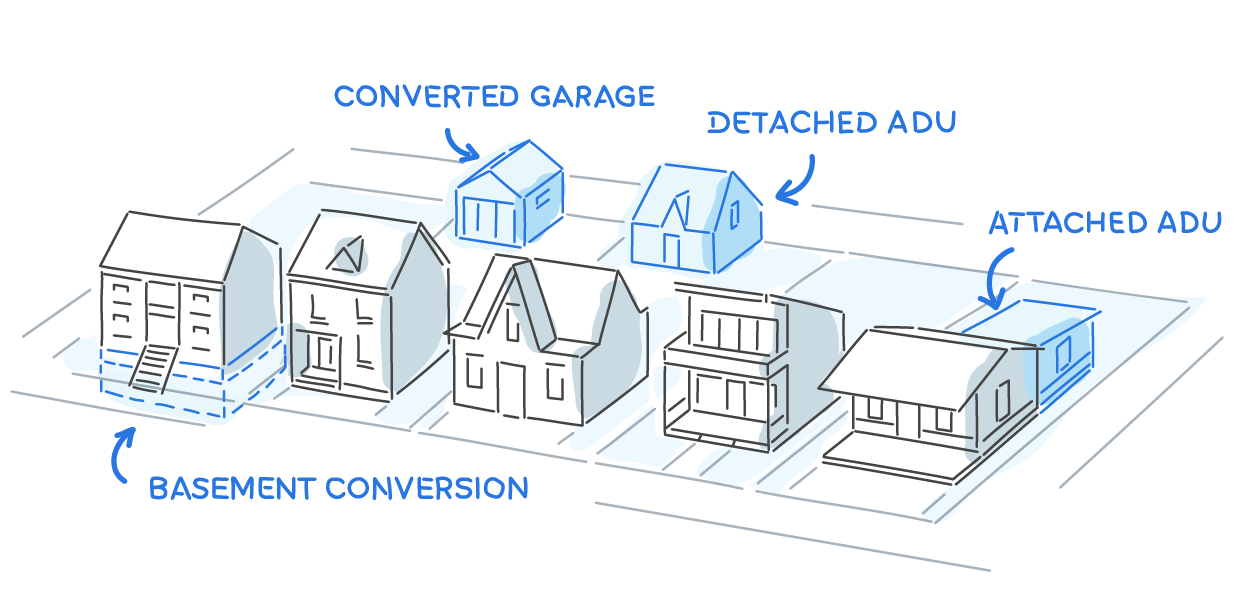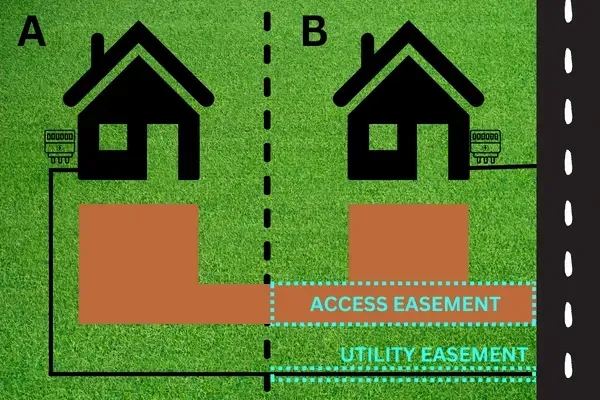Get in touch
714-731-0900
sredmond@snrlawgroup.com
The Essential Guide to Investing in Small to Mid-Size Multifamily Properties
The Essential Guide to Investing in Small to Mid-Size Multifamily Properties
Investing in small to mid-size multifamily properties can be a highly rewarding endeavor, offering stable cash flow, diversification, and potential for appreciation. However, like any investment, it requires careful planning, research, and strategy. This essential guide will walk you through the key factors to consider, from understanding the benefits to navigating the purchasing process, ensuring you are well-equipped to succeed in this dynamic market.
Why Invest in Small to Mid-Size Multifamily Properties?
1. Steady Income Stream: Multifamily properties generate consistent rental income from multiple units, reducing the risk of vacancy and ensuring a steady cash flow.
2. Economies of Scale: Managing multiple units within a single property is often more cost-effective than managing separate single-family homes. Maintenance, repairs, and upgrades can be done in bulk, saving time and money.
3. Diversification: Investing in multifamily properties diversifies your portfolio, spreading risk across multiple tenants rather than relying on a single source of rental income.
4. Appreciation Potential: Multifamily properties have strong appreciation potential, particularly in growing markets. Strategic improvements and effective management can further enhance property value.
Key Factors to Consider When Purchasing
1. Location Analysis:
Location is crucial in real estate. Evaluate neighborhoods based on:
-Market Demand: Look for areas with high rental demand and low vacancy rates.
-Amenities: Proximity to schools, public transportation, shopping centers, and employment hubs can attract tenants.
-Future Development: Research planned developments or infrastructure projects that could impact property values.
2. Property Condition and Potential:
-Inspections: Conduct thorough inspections to assess the property's condition and identify any immediate repair needs.
-Value-Add Opportunities: Look for properties with potential for upgrades or renovations that can increase rental income and property value.
3. Market Trends:
-Rental Rates: Analyze current rental rates in the area to ensure your investment will generate sufficient income.
-Occupancy Rates: High occupancy rates indicate strong demand, making your investment more secure.
-Economic Indicators: Consider local economic factors such as employment rates and population growth, which can influence rental demand.
Financing Options for Multifamily Investments
1. Conventional Loans:
Traditional mortgage loans are available for multifamily properties, often with competitive interest rates. Lenders typically require a higher down payment for multifamily properties compared to single-family homes.
2. FHA Loans:
The Federal Housing Administration (FHA) offers loans specifically for multifamily properties with 5 or more units. These loans often have more lenient credit requirements and lower down payments.
3. Commercial Loans:
Commercial real estate loans are designed for multifamily properties and can offer flexible terms. However, they usually require a strong credit history and significant down payment.
4. Private Financing:
Private lenders or real estate investment groups can provide financing options, often with quicker approval processes but potentially higher interest rates.
Common Pitfalls and How to Avoid Them
1. Underestimating Expenses:
- Solution: Create a detailed budget, accounting for all potential expenses, including maintenance, repairs, property management, and vacancies.
2. Overleveraging:
- Solution: Avoid taking on too much debt. Ensure your rental income comfortably covers your mortgage payments and operating expenses.
3. Ignoring Due Diligence:
- Solution: Conduct thorough research and inspections to uncover any potential issues with the property or market before purchasing.
Tips for First-Time Investors
1. Start Small:
Consider starting with a smaller multifamily property to gain experience before moving on to larger investments.
2. Build a Team:
Assemble a team of professionals, including a real estate agent, property manager, attorney, and accountant, to help you navigate the investment process.
3. Education and Networking:
Invest in your education by attending real estate seminars, reading industry books, and joining real estate investment groups to learn from experienced investors.
Conclusion
Investing in small to mid-size multifamily properties offers numerous benefits, from stable income to diversification and appreciation potential. By carefully analyzing the market, understanding financing options, and avoiding common pitfalls, you can maximize your investment success. Remember, thorough research and strategic planning are key to making informed decisions and achieving your financial goals.
For personalized guidance and expert assistance in your multifamily investment journey, contact Sakeenah Redmond Real Estate. We're here to help you every step of the way, ensuring you make the most of your real estate investments.








Subscribe to the SNR Newsletter
Contact Us
We will get back to you as soon as possible.
Please try again later.

Contact
Sales@SNRrealestate.com
714-317-5064
Disclaimer: All information deemed reliable but not guaranteed. All properties are subject to prior sale, change, or withdrawal. Neither Sakeenah Redmond nor SNR Real Estate Group, Inc. shall be responsible for any typographical errors, misinformation, or misprints, and shall be held totally harmless. Listing(s) information is provided for consumers' personal, non-commercial use and may not be used for any purpose other than to identify prospective properties consumers may be interested in purchasing.
©2024 All rights reserved | SNR Real Estate Group, Inc.
Designed & Powered by Align Web Services



